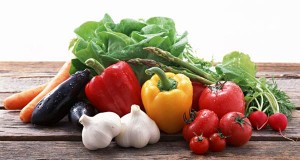Ritual is not only for the High Days. We have smaller life rituals that we perform each and every day: the ritual of brushing our teeth, the ritual of getting dressed, etc. With Ostara and Spring just around the corner, I thought it was time for some “Spring Cleaning” which, as with all things, is best done mindfully.
I love to clean, so there’s no issue for me there, but if you are not a fan of scrubbing things down and tidying up, maybe doing so mindfully will help you to achieve a greater sense of accomplishment and comfort.
The ritual of Spring Cleaning has existed since the dawn of time. In North America, it is typically done in response to the cold and wet climate we endure throughout winter. Traditionally, it would be a time to dust and air out the home, change the hay in bedding, and be rid of all things that accumulated in the home during the harsher months. Nowadays, it is mostly an excuse to give the house a good once-over and recycle things we no longer need.
So apart from the obvious aspects of cleaning, like removal of dust and debris, cleaning surfaces or carpets, and laundering things that may get forgotten, we should keep in mind a few things:
- Firstly, you must perform each task with a strong sense of intent. Focus your energy on removing not only the physical mess but the emotional and spiritual mess as well. Visualize your home filling with a bright light as you cleanse it.
- When performing a ritual, it is best not to use harsh chemicals, if they can be avoided. Try a natural brand or even making your own cleaning solution with vinegar, water and essential oils to give the house a fresh smell without the burning compounds. (Check out for DIY natural cleaning inspiration here, here, and here!)
- Clean from top to bottom and from the back of the house out the front door.
- Burn sage in order to cleanse and purify the air.
- Open your most Easterly windows to allow the energy of the sun to pour in.
Good luck, folks!
(Check out our “Spring Cleaning” post from 2015, including a “House Cleaning Ritual” document, here)




